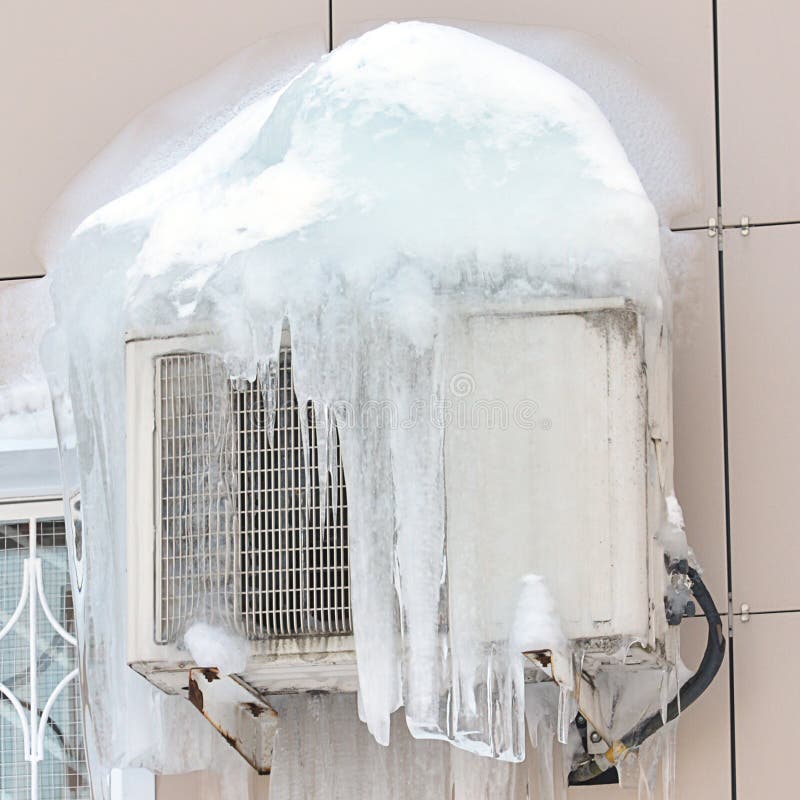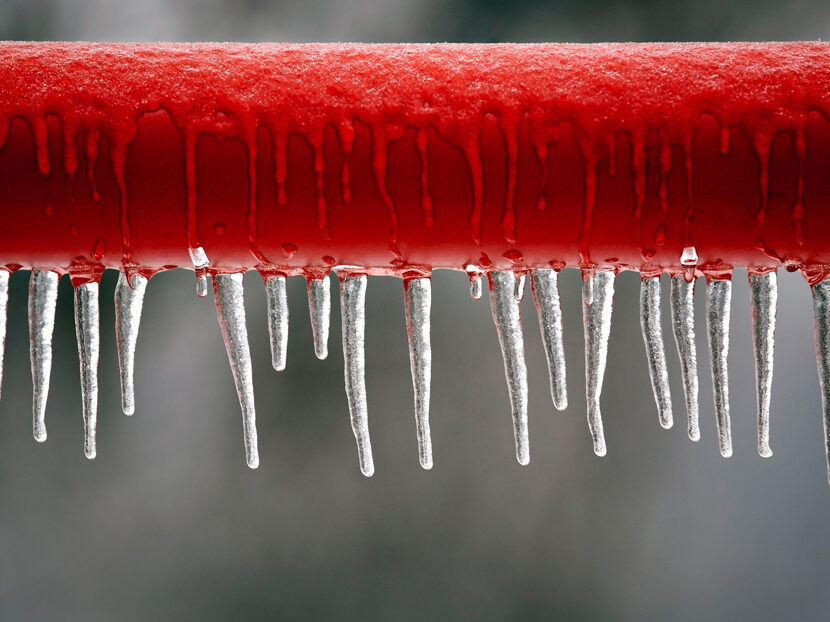Measures to Take When Your AC Pipe is Frozen: Detailed Manual
Measures to Take When Your AC Pipe is Frozen: Detailed Manual
Blog Article
Are you currently interested in related information on Air Conditioner Frozen? How To Fix your Frozen AC Line?

Introduction
Discovering that your a/c pipeline is iced up can be worrying, especially during hot summer months when you rely upon your air conditioning system one of the most. Recognizing what to do in such a scenario is critical to stop more damages to your cooling system and guarantee your comfort inside your home.
Understanding the Causes
Several variables can add to the freezing of an AC pipeline. Comprehending these causes can help you resolve the problem effectively.
Absence of Airflow
One typical source of an icy AC pipeline is inadequate air movement. When the airflow over the evaporator coil is restricted, it can trigger the coil to go down below freezing temperature, bring about ice formation on the pipe.
Reduced Refrigerant Levels
Insufficient refrigerant degrees in your AC system can likewise result in a frozen pipeline. Reduced cooling agent levels can trigger the pressure in the system to drop, causing the cold of dampness on the evaporator coil.
Winter Conditions
In colder environments, freezing temperatures outside can add to the freezing of AC pipelines. If your air conditioning system is not effectively insulated or if there are leaks in the ductwork, cold air can infiltrate the system, creating the pipeline to ice up.
Dirty Air Filters
Unclean or clogged up air filters can limit air flow in your a/c system, resulting in various issues, consisting of a frozen pipeline. It's vital to replace or cleanse your air filterings system consistently to make sure proper air movement and avoid ice build-up.
Signs of a Frozen Air Conditioning Pipe
Acknowledging the indications of a frozen air conditioning pipe is essential for prompt action.
Reduced Airflow
If you notice a considerable reduction in airflow from your vents, it could show an icy pipe.
Ice Buildup on the Pipe
Noticeable ice buildup on the refrigerant line or the evaporator coil is a clear sign of a frozen air conditioning pipe.
Odd Sounds from the Unit
Uncommon sounds, such as hissing or bubbling, originating from your air conditioner unit can signal that there's ice present on the pipe.
Immediate Actions to Take
When confronted with an icy air conditioner pipe, it's necessary to act swiftly to avoid additional damages to your air conditioning system.
Switching off the air conditioner
The very first step is to switch off your air conditioning system to avoid the system from running and intensifying the issue.
Checking for Blockages
Inspect the location around the indoor system for any type of blockages that may be blocking air movement, such as furniture or curtains.
Defrosting the Pipe
You can use gentle techniques like putting towels soaked in cozy water around the icy pipeline to aid thaw it gradually.
Safety nets
Taking safety nets can assist avoid future events of a frozen air conditioning pipe.
When DIY Methods Fail
If your efforts to thaw the pipe or address other issues are not successful, it's time to employ a professional.
Relevance of Hiring a Professional HVAC Technician
A licensed HVAC technician has the knowledge and devices essential to diagnose and fix issues with your AC system safely and efficiently.
Normal Maintenance Checks
Schedule normal maintenance contact a professional HVAC professional to make sure that your a/c system is running successfully.
Altering Air Filters
Regularly replace or cleanse your air filters to prevent air flow constraints and maintain ideal performance.
Protecting Exposed Pipes
If your air conditioning pipelines are revealed to cool temperature levels, think about shielding them to prevent freezing throughout cold weather.
Seeking Professional Help
If DIY techniques stop working to settle the problem or if you're uncertain regarding how to proceed, it's ideal to seek aid from a qualified HVAC service technician.
Verdict
Managing an icy a/c pipe can be a frustrating experience, however knowing just how to react can help decrease damage and recover comfort to your home. By comprehending the causes, recognizing the indications, and taking punctual activity, you can properly resolve the concern and prevent future occurrences.
What to Do If Your AC Line Is Frozen
Make Sure All Supply and Return Air Vents Are Open
If you notice problems with airflow, the first thing you should do is check your supply and return vents. Supply vents distribute clean, conditioned air throughout your home. As this air becomes stale, it’s pulled into the return vent, where it’s reconditioned before being sent back out through the supply vent.
When these vents are closed, air won’t flow in the home. Before examining your AC, check the vents in every room and ensure they’re all open.
Check for a Dirty Air Filter
Another possible cause of limited airflow is a dirty air filter. Your air conditioner’s filters catch elements you don’t want to breathe in, such as dirt and dust. Over time, filters can become clogged, ultimately blocking air from flowing in and out. The lack of airflow can then cause the entire coil to freeze and will completely restrict any air from moving through it. The AC may need to be powered off for one to two days to allow the coil to thaw after replacing the filter to allow proper functioning of the unit. This debris can also accumulate on your AC’s evaporator coil, requiring a more serious repair. In general, air filters should be cleaned regularly (about every two weeks).
Assess Your Outdoor Unit
In addition to checking your AC, assessing the outdoor unit is a good idea. Also known as the condensing unit, it works with your interior unit to release heat outside. An issue with the outdoor unit can result in rising internal temperatures.
Overgrown Shrubs or Clogged Leaves
From leaves and twigs to shrubs and debris, there’s no shortage of outdoor elements that can accumulate around your condensing unit. When these elements get lodged inside the unit, they can block airflow. Fortunately, removing the blockage can solve the problem.
Sounds of a Broken Fan
Shrubs and leaves aren’t the only things that can impede your outdoor unit’s airflow. If the fan is broken, the unit won’t be able to properly get rid of heat — which means the internal temperature won’t go down. First, make sure the fan is spinning. If it is, check for the following sounds of a broken fan:
Buzzing Rattling Screeching Hissing Clicking Preventative Measures
Nobody wants to deal with a frozen AC line. In addition to causing problems with your air conditioner, they require professional repairs. On the bright side, there are preventative measures you can take to help ensure this issue doesn’t arise in the first place.
https://www.coopergreenteam.com/blog/what-to-do-if-ac-line-frozen

I hope you liked our post on Air Conditioner Frozen? How To Fix your Frozen AC Line. Many thanks for taking time to browse our posting. Enjoyed reading our piece of writing? Please share it. Let somebody else find it. We take joy in reading our article about Why Is Ice On My Outside Air Conditione.
Learn More Report this page